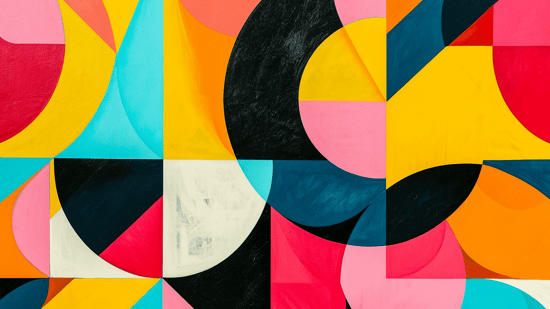Back to Basics: How to Ensure Outstanding Color Quality with Inkjet

Outstanding color quality is one of the hallmark features of digital inkjet. But even though the technology used in digital inkjet printing lends itself to higher caliber color and image quality, designers still need to account for a variety of factors either in the design file or the production process to ensure the color quality of digital inkjet is leveraged to its fullest extent.
“When designing for inkjet, how you choose a color can be just as important as the color itself,” write Elizabeth Gooding and Mary Schilling, authors of The Designer’s Guide to Inkjet, 3rd Edition.
Even for the most seasoned graphic designer, it’s always valuable to brush up on the fundamentals of how to achieve outstanding color quality on digital inkjet. With this in mind, let’s go back to basics and look at how to ensure outstanding color quality with inkjet to help novice and experienced designers alike create show-stopping inkjet print.
Be mindful of large blocks of color
Blocks of color can help you direct the attention of your audience and inject your design with a little extra dramatic effect. But large blocks of color also require more ink, and, if the coverage becomes too great, these blocks can oversaturate the substrate. This can not only lead to blurry or muddled swatches of color, but it can also create issues with finishings down the road.
There are a couple of ways to mitigate the potential for oversaturation when using large blocks of color. First, try to reduce the amount of dark, solid colors as these demand a greater amount of each process color to create a solid block.
“If using solid blocks of color in a design, experiment with lighter solid colors, which will use less ink and and help avoid any paper saturation issues,” write Gooding and Schilling.
In addition to using lighter color, you can help avoid oversaturation with large blocks of color by choosing an uncoated or inkjet-treated media with a heavier basis weight. If your project does call for a lighter basis weight paper, then being mindful of large blocks of color becomes even more critical to ensure the highest possible color quality.
“If using a lighter weight of uncoated or treated media, the best practice is to limit the use of blocks and bands of light and dark colors,” explain Gooding and Schilling. “ Using lighter-colored images and reducing solid backgrounds will also help avoid media saturation.”
Make sure to consider color space and gamut
Also referred to as a color profile, the term color space refers to the range of colors — or gamut — that a device can print. Most monitors use a type of color profile called an Input Profile that helps to simulate the color space of both conventional offset and inkjet presses. This profile allows an RGB monitor to more closely render the CMYK values you choose.
“A computer monitor projects light, meaning that you see the graphic on the monitor based on the colors that are ‘projected’ to your eyes. This is described as additive color because colors can be added to intensify the color space,” write Gooding and Schilling.
As a result, monitors with RGB create a much larger color space than the CMYK inkjet printing process.
CMYK printing processes use reflective light or subtractive color, which means CMYK inks filter light, and the colors you see are the result of leftover light reflecting off the page. The CMYK color space is a much smaller subset of colors compared to RGB, and the CMYK printing process will not be able to print the entire RGB color space. This is why accounting for color space based on each press and media is so important.
File formats matter
Image file formats vary in how they compress files and how well they retain the color and image data saved in the file. The most common image file formats for fixed bitmap images are JPEG and TIFF, and each of these formats serves a different purpose based on the application in which it’s used.
JPEG image files are ideal for workflows that have to process a very large number of color images at a high rate of speed. JPEG files use adjustable compression — low, medium, high, and maximum — that helps create a selectable tradeoff between storage size and image quality.
“JPEG is the preferred format for more transactional markets due to its compression ability and file size features,” write Gooding and Schilling. “However, transactional markets tend to incorporate large amounts of color in their print pieces, and JPEG does not convert very well.”
TIFF — Tagged Image File Format — files use “lossless compression” to compress image files without diminishing or reducing the overall color quality.This makes TIFF images the highest quality files for print work because there is no loss of color data during the file compression process. TIFF files are larger than JPEG image files, and they work with both CMYK and RGB bitmap and vector images.
While these back-to-basics tips will help you print digital inkjet projects with the most vibrant color quality, there’s still much more to know about how to harness the power of digital inkjet in creating full-color print that truly wows an audience. Download The Designer’s Guide to Inkjet, 3rd Edition to learn everything you need to know about how to ensure outstanding color quality with inkjet.
See More Like This
See MoreMarketing Collateral
Project Spotlight: A Practical Giveaway to Keep thINK Ahead Attendees Cool
Marketing Collateral
Project Spotlight: A Blank Canvas for Organization and Inspiration
Marketing Collateral
Project Spotlight: Exploring the Wide World of Color
Marketing Collateral
Project Spotlight: A Planner and Journal for Exploration and Discovery